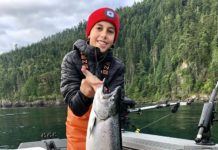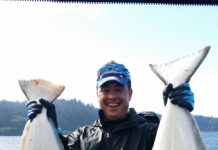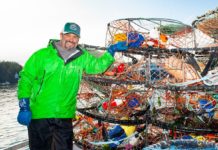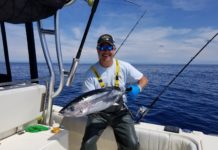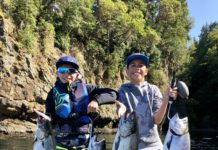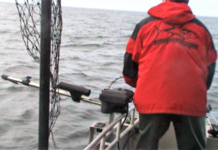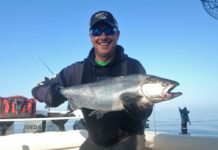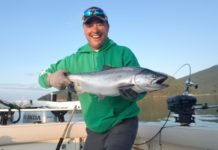
Hermit crabs are often found inhabiting shells decorated with anemones or other sessile animals, which offer added protection and camouflage. Image courtesy of NOAA Okeanos Explorer Program, 2013 Northeast U.S. Canyons Expedition.
Symbiotic relationships are an important component of life in the ocean. In such relationships, plants or animals of different species may be dependent on one another for survival. They may share habitats or lifestyles or interact in a specific way to benefit from the presence of another organism.
When two organisms are in a symbiotic relationship, sometimes both organisms benefit (mutualism) and other times one organism may benefit while another is unaffected (commensalism). If one of the organisms is completely dependent on the other, it is called an obligate relationship; if the relationship is preferred, but not dependent, it is a facultative relationship. And, not all symbioses are positive for both organisms: in a parasitic relationship, one member benefits while the “host” is harmed.
Although there are many ways organisms interact with one another, most symbioses involve clever ways to obtain food or protection. For example, species of snapping shrimp and gobies inhabit the same burrow; since the shrimp is blind, the goby warns it of unwanted company, while the shrimp keeps the burrow clean. In its juvenile stage, the spider crab can be seen hitching a ride inside the bell of the cannonball jellyfish. At hydrothermal vents, chemosynthetic bacteria live inside of animals in a mutualistic symbiotic relationship where the animals support the existence of the bacteria and the bacteria provide food to the animals in an environment where light does not penetrate.
Deep-sea symbioses are poorly understood and less well documented relative to symbiotic relationships frequently encountered in shallower habitats.
For More Information:
Symbioses in the Sea, Investigating the Charleston Bump
Transitions to the Deep: Adaptations in Decapod Crustaceans for Life Along the 31º30N Atlantic Transect, Estuary to the Abyss: Exploring Along the Latitude 31-30 Transect
Sign up for the Ocean Explorer E-mail Update List.


